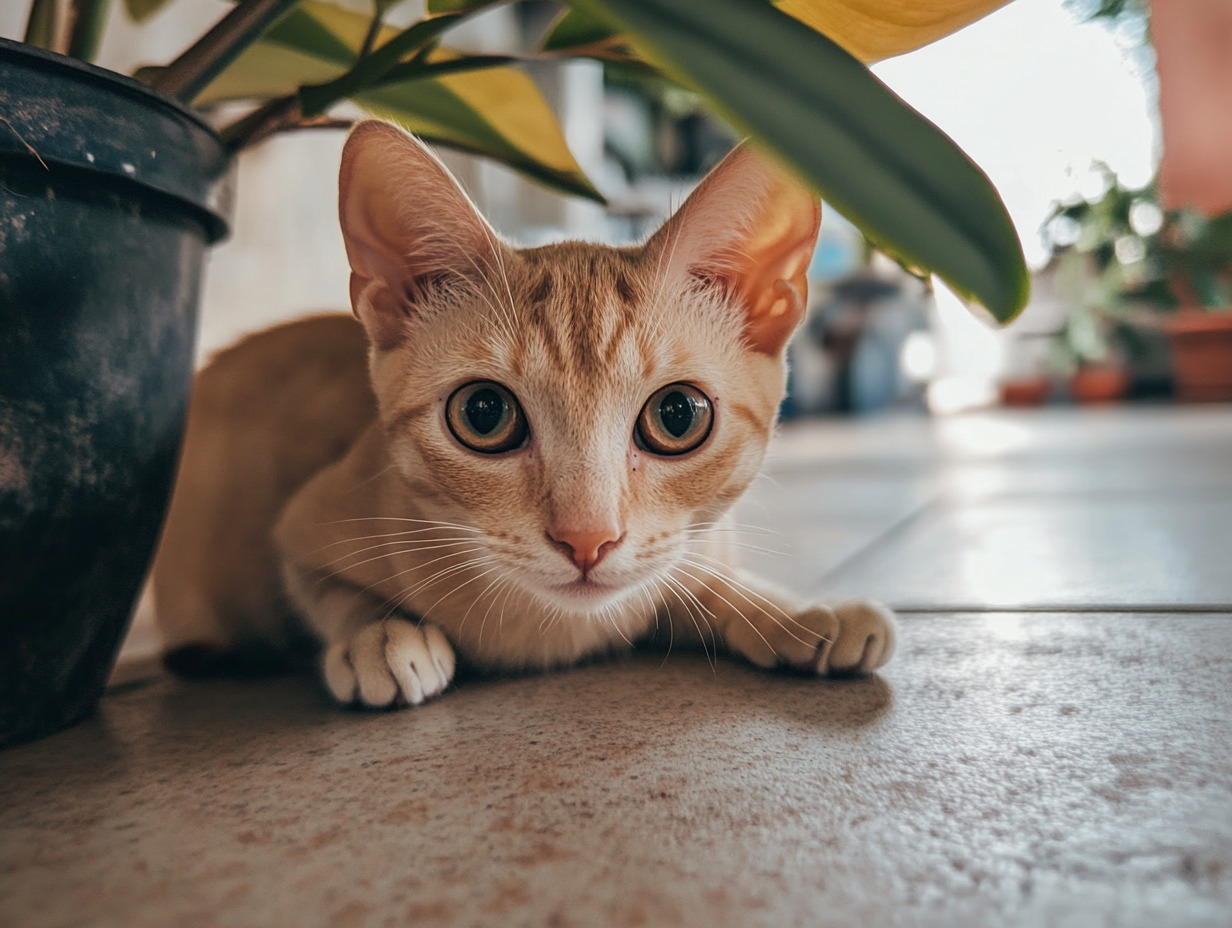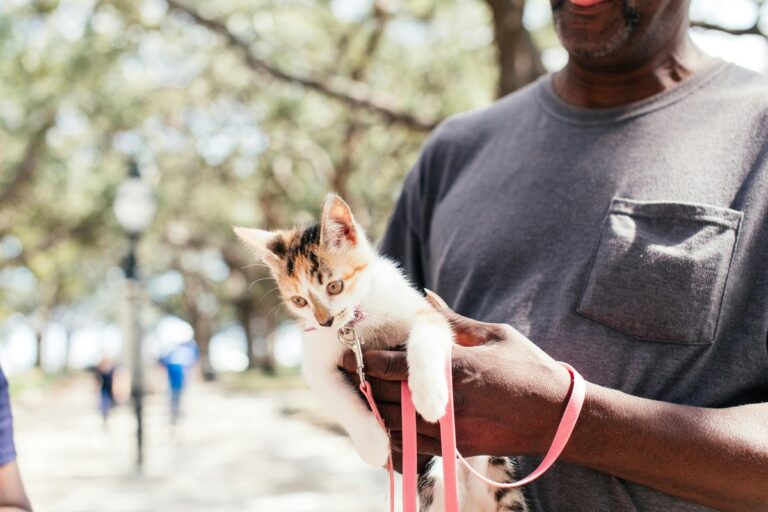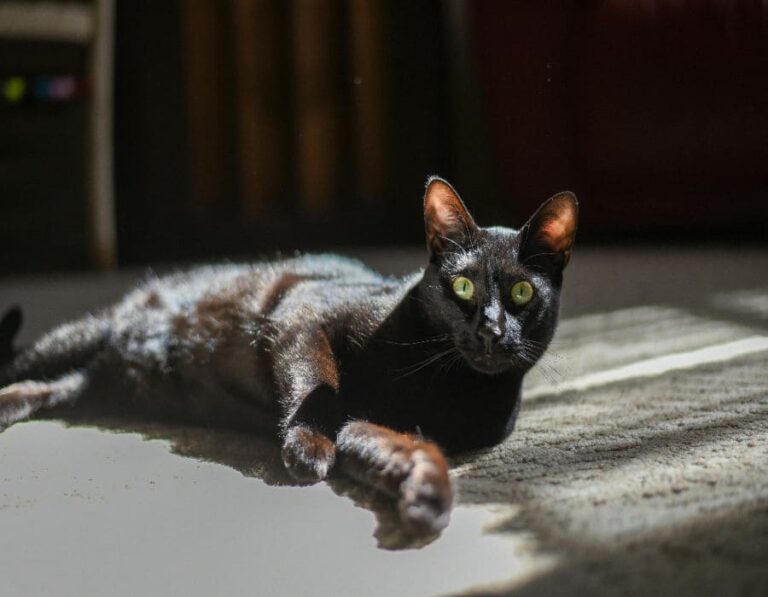Is Your Cat’s Behavior Normal? Understanding Common Pet Quirks
Cats are known for their mysterious and sometimes puzzling behaviors, leaving many owners wondering what’s normal and what might be cause for concern. Each cat has a unique personality, but some quirks are common across felines and are part of their natural instincts and communication methods. Understanding these typical behaviors can help you appreciate your cat’s individuality and ensure they’re happy and healthy. Here’s a guide to common cat behaviors and insights into whether they’re normal quirks or signs to watch out for.
1. Kneading
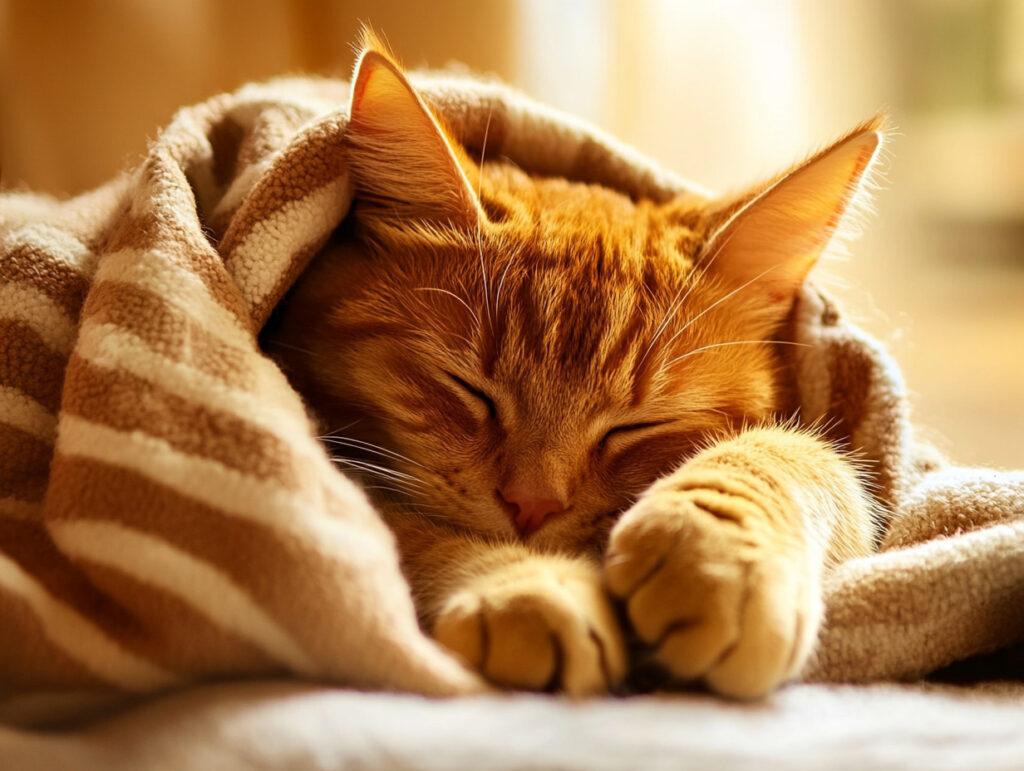
Cats often knead soft surfaces with their paws, a behavior carried over from kittenhood when they stimulated their mother’s milk flow. Kneading is a sign of comfort and contentment, and most cats do it to show affection or relax.
2. Head Butting and Rubbing
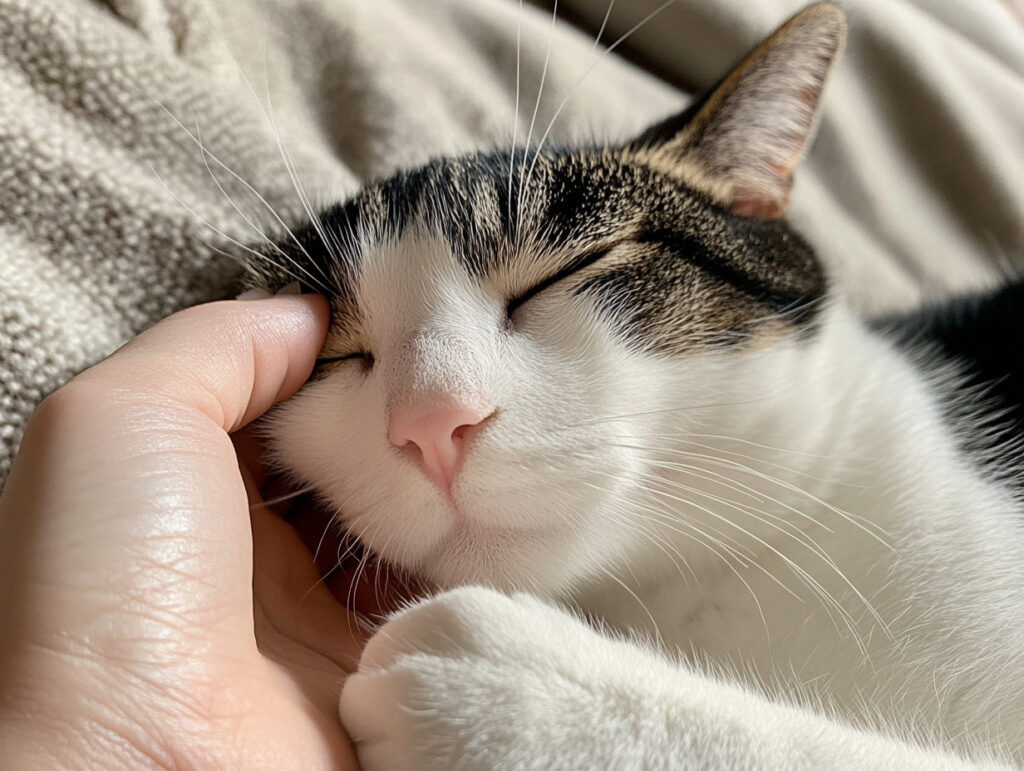
When your cat bumps their head or rubs against you, they are marking you with scent glands located on their face. This behavior is a friendly gesture indicating trust and affection.
3. Chasing Shadows or Lights
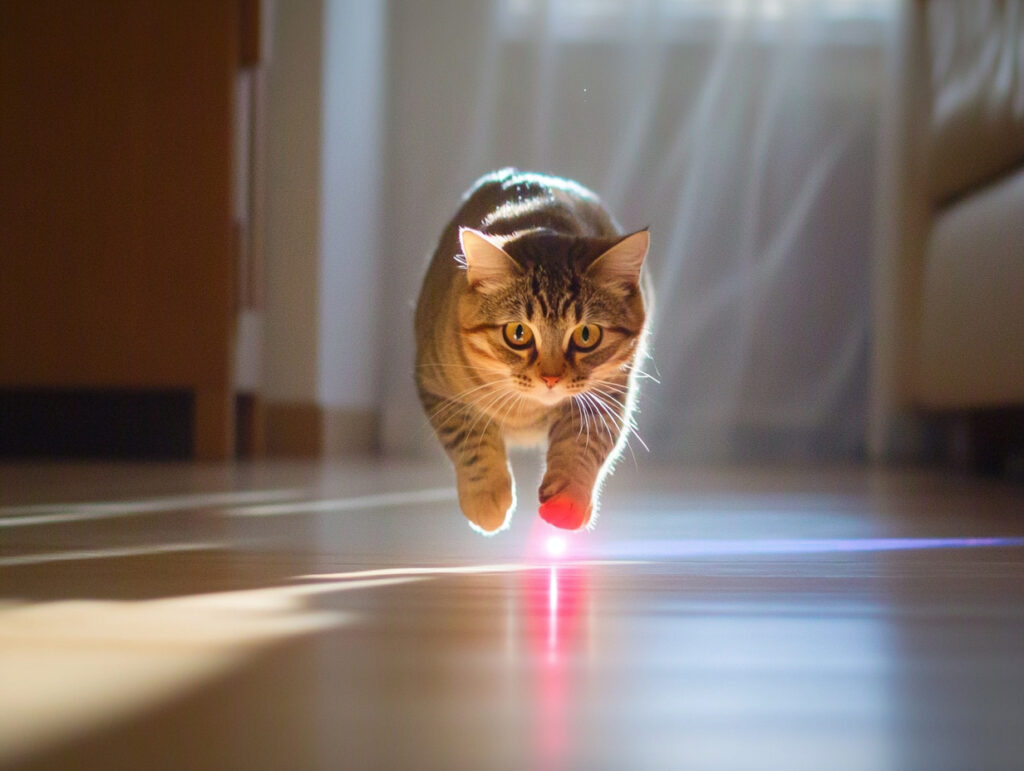
Cats love to chase moving objects like shadows or laser pointers. This play behavior stimulates their hunting instincts and provides mental and physical exercise. However, it’s important to avoid overstimulation or frustration if the cat can’t “catch” the target.
4. Hiding
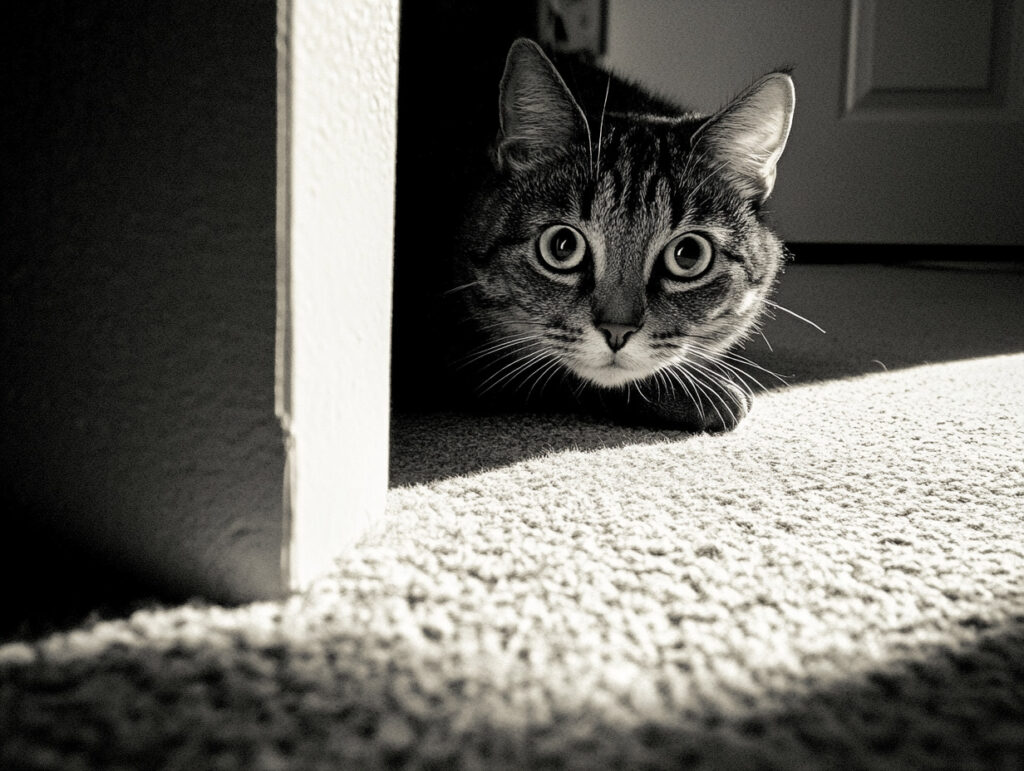
Cats naturally seek out hiding spots to feel safe, especially when they’re stressed, sick, or just want some alone time. Occasional hiding is normal, but if your cat hides excessively or refuses interaction, it may indicate health or emotional issues.
5. Purring
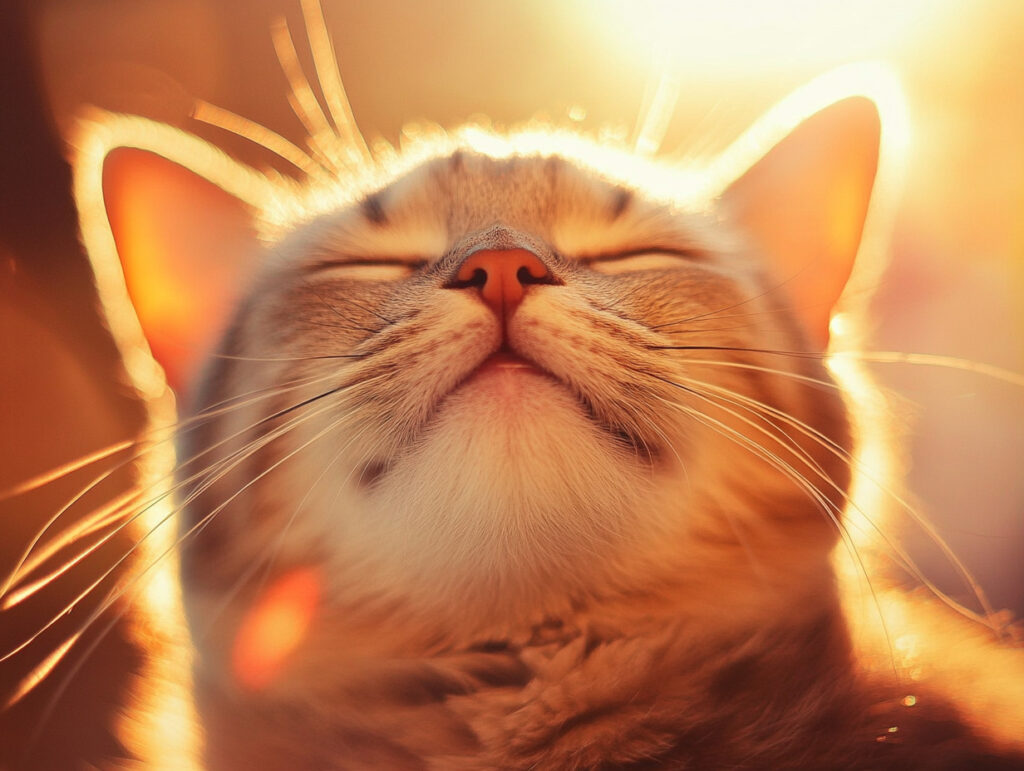
Purring is often associated with contentment, but cats also purr when they’re nervous, in pain, or seeking comfort. Paying attention to the context and your cat’s overall behavior helps interpret their purring.
6. Sudden “Zoomies”
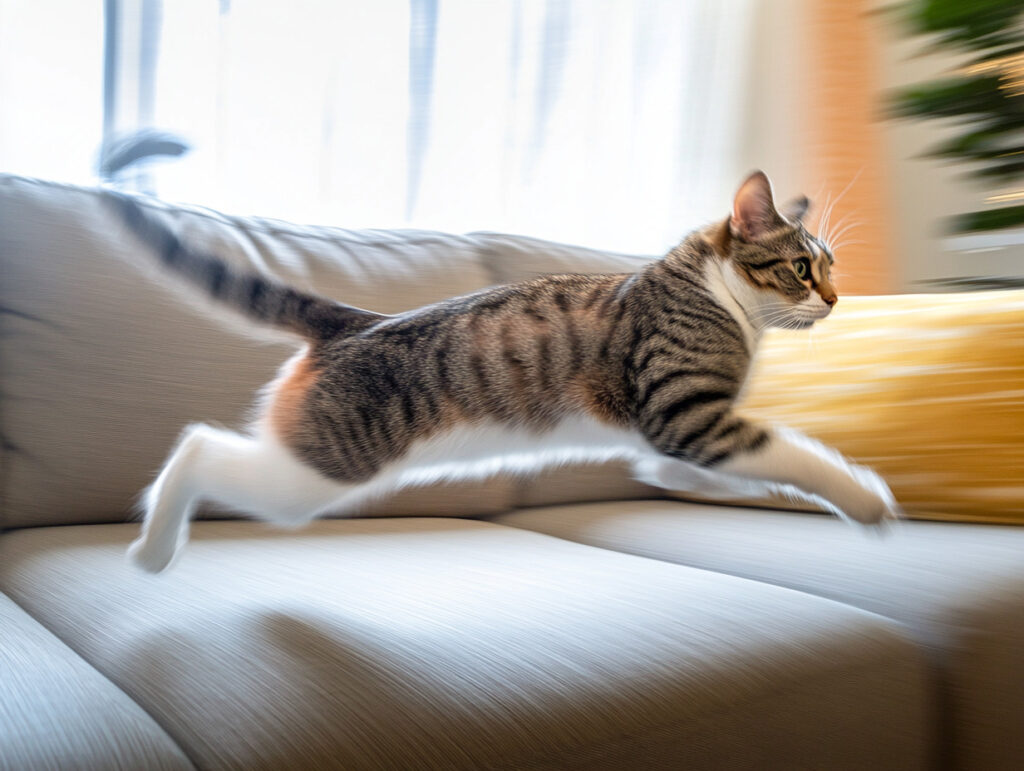
Cats sometimes burst into frantic sprints around the house, especially in the evening. These sudden bursts of energy are normal and help them expend pent-up energy. Providing playtime can help manage these episodes.
7. Litter Box Preferences
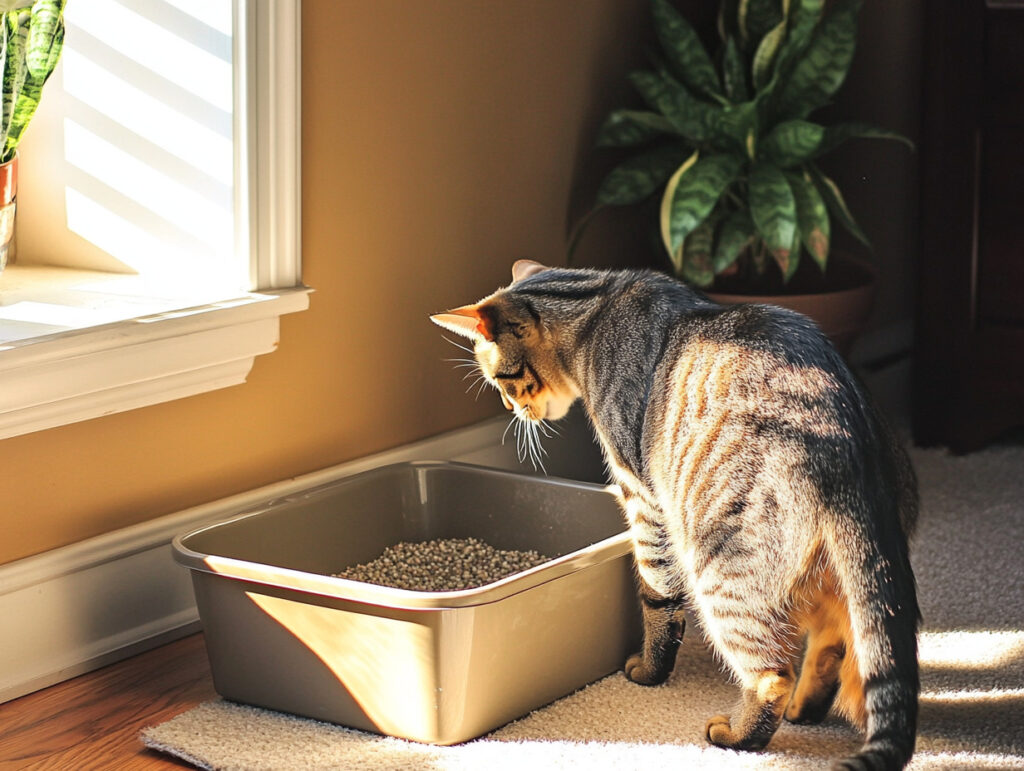
Cats can be particular about their litter box’s cleanliness, location, and litter type. Refusing to use the box can signal stress, health issues, or dissatisfaction with their setup.
8. Scratching
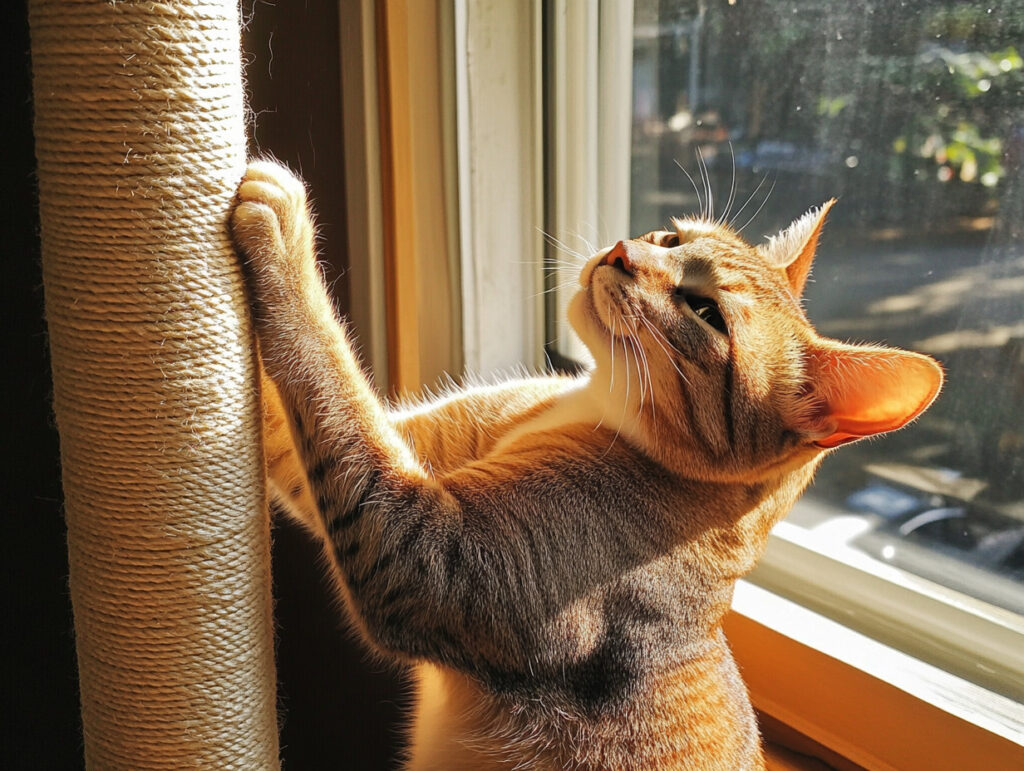
Scratching is a natural and essential behavior that helps cats mark territory, stretch muscles, and maintain their claws. Providing scratching posts can prevent damage to furniture and satisfy this instinct.
9. Bringing “Gifts”
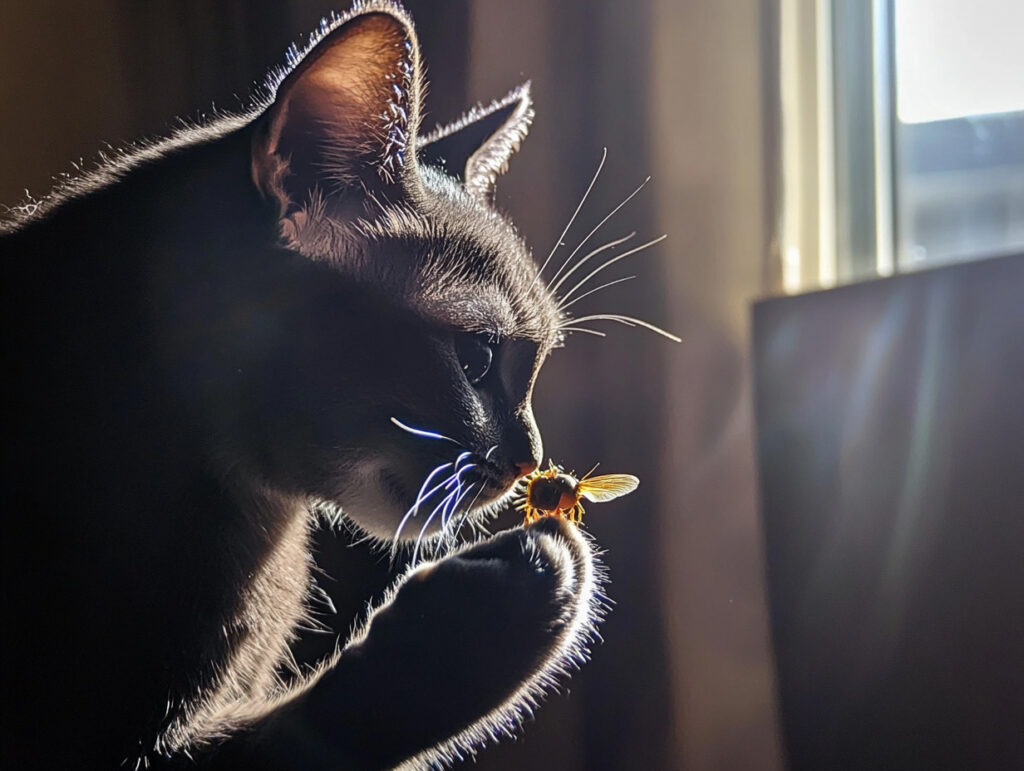
Cats sometimes bring “gifts” such as toys, insects, or even small prey. While it can be unpleasant, it’s a natural hunting instinct and a way for your cat to share their “catch” with you.
10. Slow Blinking
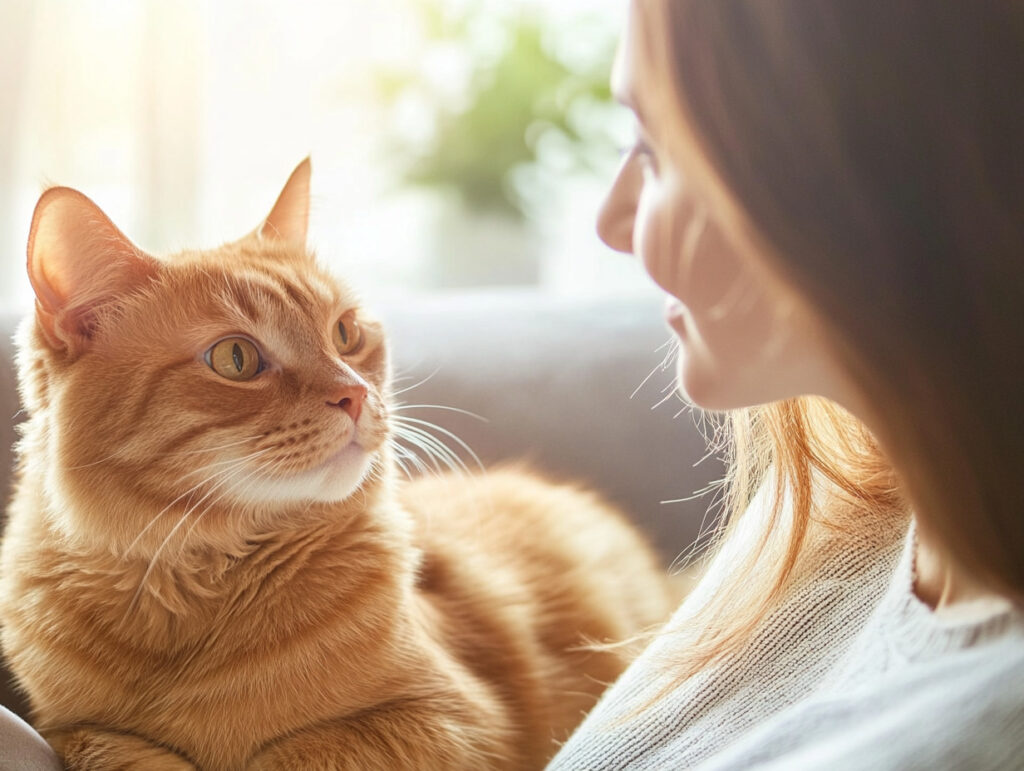
Slow blinking at you is a sign of trust and affection. When your cat slowly closes and opens their eyes, it’s their way of saying they feel safe and comfortable in your presence.
When to Be Concerned
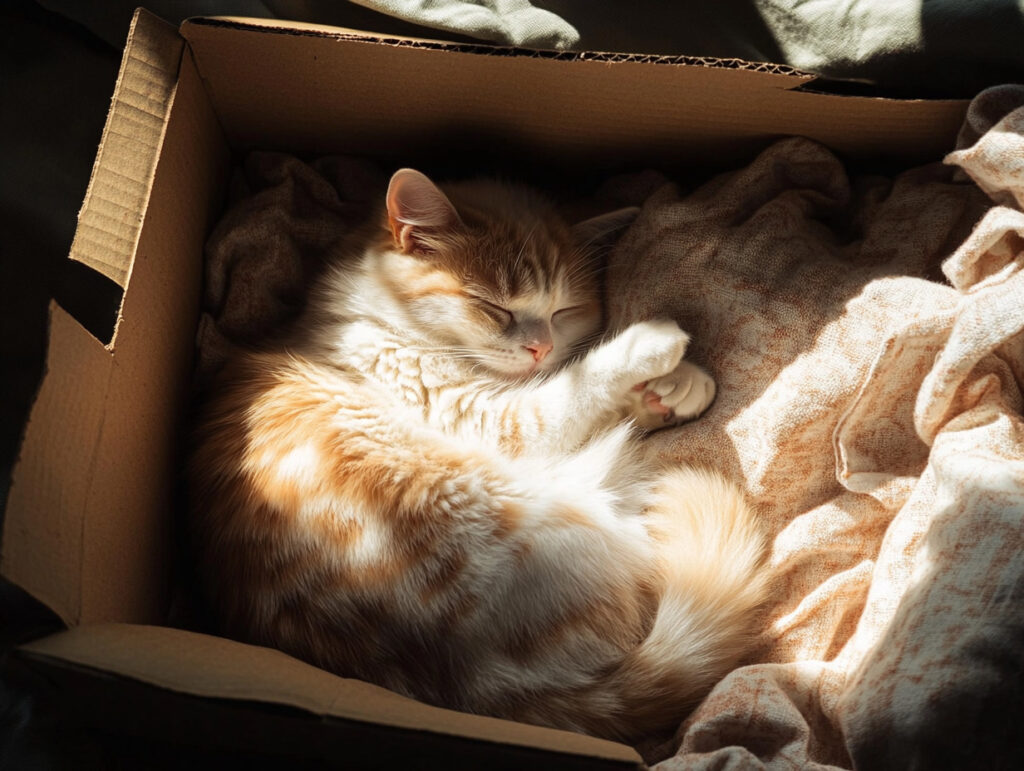
While many cat behaviors are normal quirks, sudden changes in behavior, aggression, excessive hiding, or refusal to eat may indicate health problems or stress. If your cat shows persistent signs of distress, consult your veterinarian or a behavior specialist.
Celebrating Your Cat’s Unique Personality

Understanding your cat’s behavior helps strengthen your bond and ensures their well-being. By recognizing which quirks are normal and which may require attention, you can provide the best care possible. Embrace your cat’s individuality, and enjoy the fascinating and rewarding journey of feline companionship.

